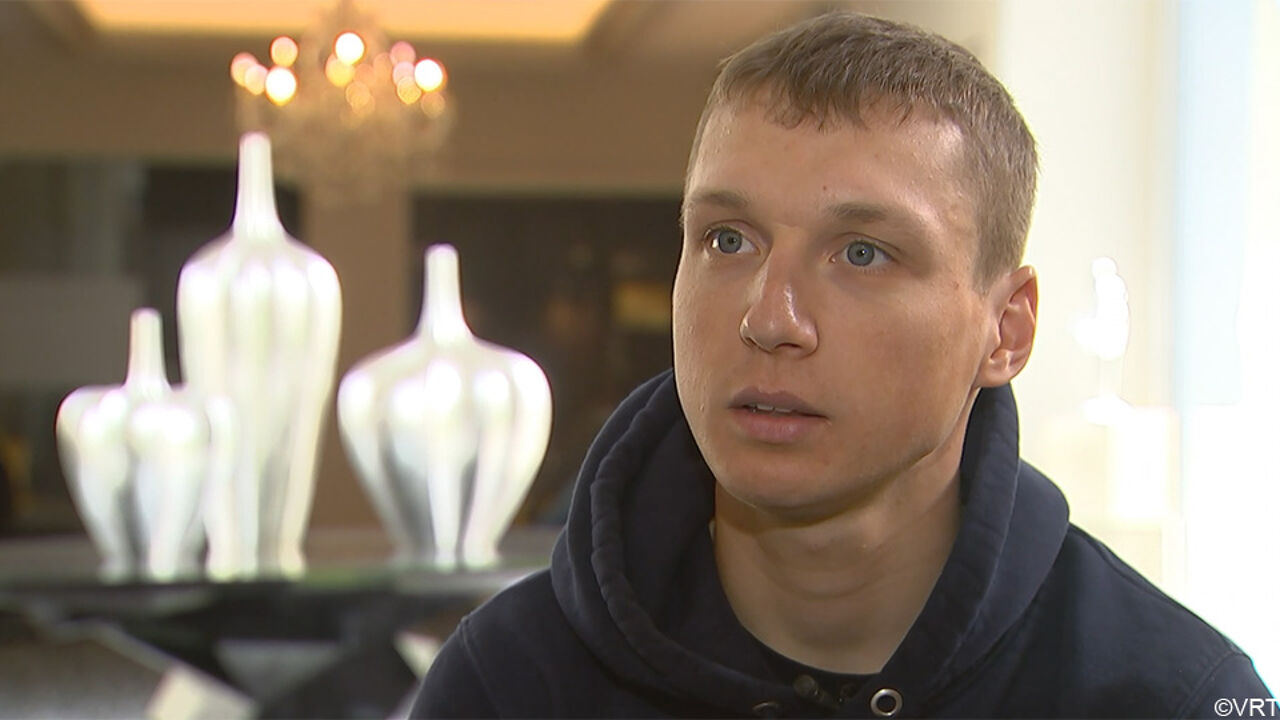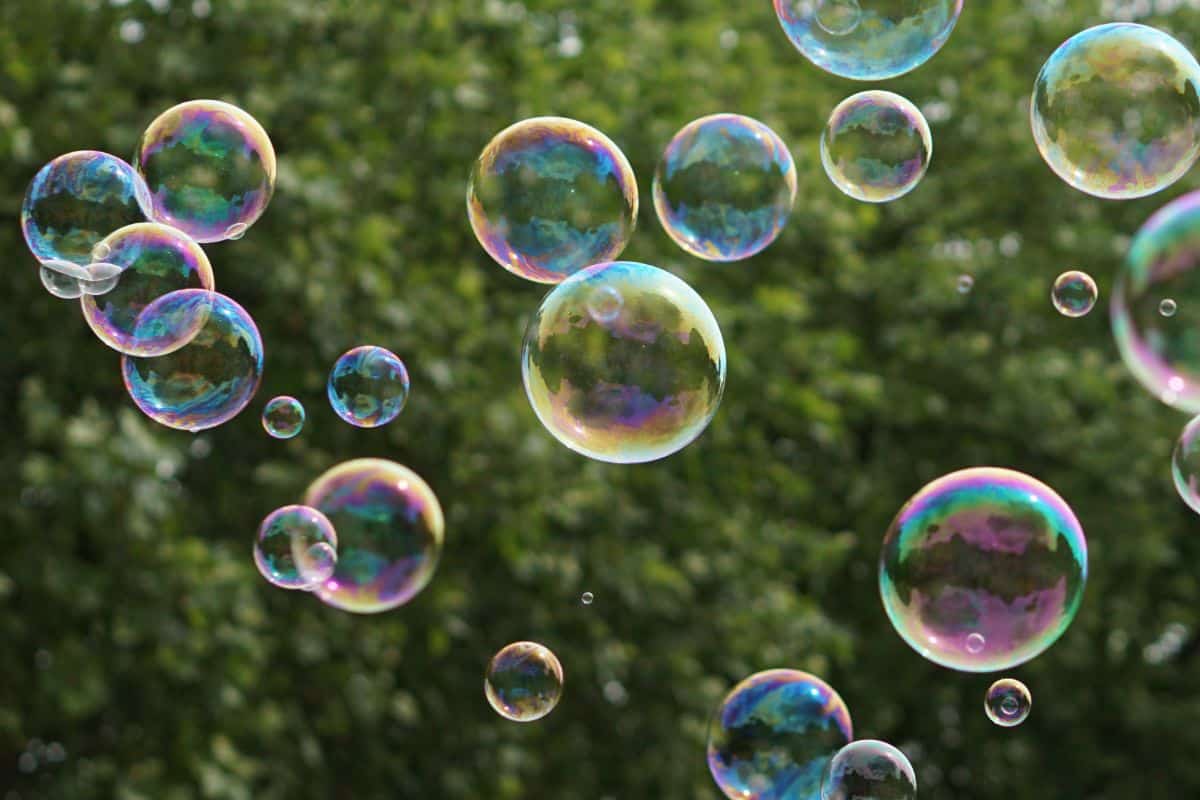Bubbles and bubbles are all around us. They seem pretty ordinary, but they’re actually pretty cool stuff, and they’re often stable for only a few seconds before exploding. Now there seems to be something strange going on with the temperature around the bubbles.
The thin bubble wall is much cooler than the environment immediately after bubble formation. Bubbles can be found in soft drinks, in the dishwasher, in the wild waves in the sea, in the saliva between your teeth and of course you can also make big soap bubbles using bubble games and machines. The chemical and physical properties of the bubbles are worth investigating in a variety of scenarios, which is exactly what a team from a Parisian university represents. I did.
They accidentally stumbled upon an interesting physical phenomenon surrounding a soap bubble: the film, which is only a few nanometers thick, is in some cases 8 degrees Celsius cooler than its surroundings, depending on the time elapsed, the humidity and the amount of glycerin in the soap suds mixture. These data can be useful, among other things, in estimating industrial processes, where bubble stability is of vital importance.
Nanofilm soap
The team studied how changes in temperature can cause the liquid layer to thin, thicken, and evaporate, and came to the surprising conclusion that the temperature difference is particularly significant immediately after bubble formation. “While this effect has been touched upon previously in studies of droplet evaporation, the importance of cooling-induced evaporation has, to our knowledge, not been mentioned in the literature on bubble walls and soap scum,” the researchers wrote in their recently published paper.
8 degrees cooler
To learn more about these bubbles, walls, and foams, which are essentially air bubbles, the researchers put together different mixtures consisting of dish soap, water, and glycerin in varying proportions. They blew and analyzed a large amount of soap bubbles at different temperatures and humidity. There were clear differences in average age and evaporation rate. It only became really interesting when scientists discovered that the temperature of the bubble walls was lower than the temperature of the environment. In some cases, the temperature difference between the soap film and the surrounding air was as high as 8 °C. This has never been observed before and the researchers actually didn’t look for this at all.
Useful in industry
“Experimentally, we observed that the temperature first decreases and then rises until the ambient temperature is reached again,” the research team wrote. The magnitude of the cooling effect depends on both the relative humidity and the glycerol concentration at the time of bubble formation. The lower the values of these two parameters, the greater the difference in temperature.
One way in which the results of this research could be useful is to better control bubble stability in industrial processes. Temperature differences between the bubble walls and the outside world affect the chemical process and therefore must be included in the calculations. The surface tension and viscosity (viscosity) of the bubble wall changes, especially in the initial period after bubble formation, due to this phenomenon. It also seems like the soap film doesn’t have the same temperature everywhere.
Great cooling effect
However, this is only the first study to seriously look at this, and according to the authors, more research is needed before the exact reasons for temperature difference and the influence of different variables can be understood. “We have created a model that describes the temperature drop of the bubble walls from the moment of formation. This model is consistent with the results of our experiments,” the researchers wrote. “We stress that this cooling effect is significant and should be carefully considered in future studies on bubble wall dynamics.”

“Total coffee specialist. Hardcore reader. Incurable music scholar. Web guru. Freelance troublemaker. Problem solver. Travel trailblazer.”







More Stories
There is no more room for space debris
If you lack this, you can feel much older
Discard the chips. The miracle cure for dandruff!